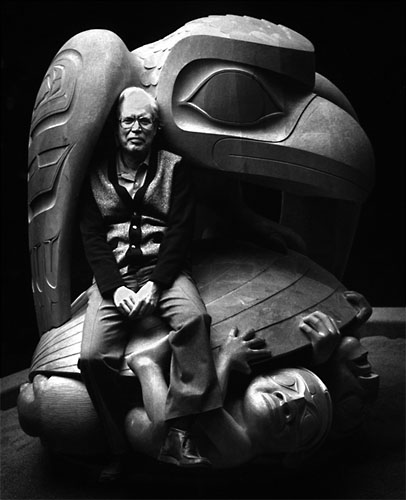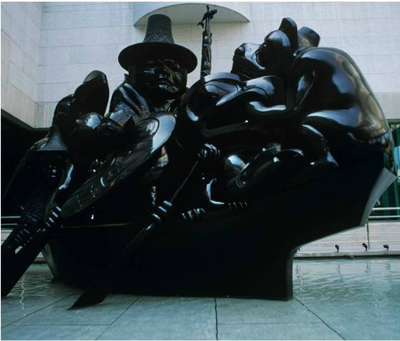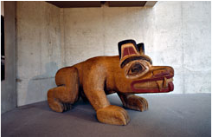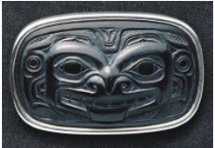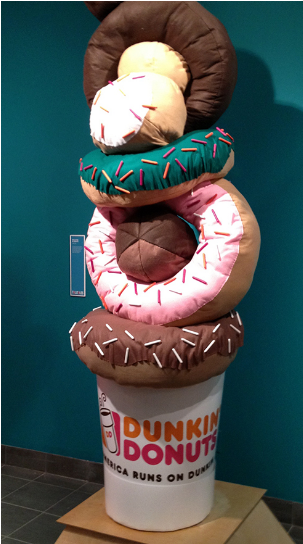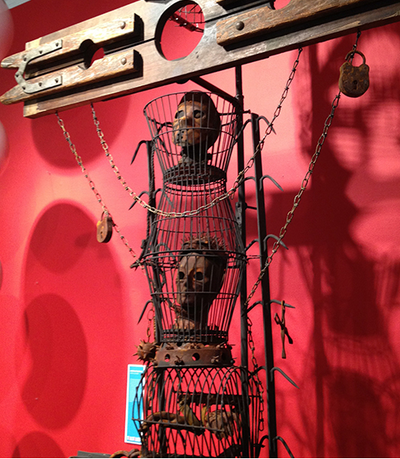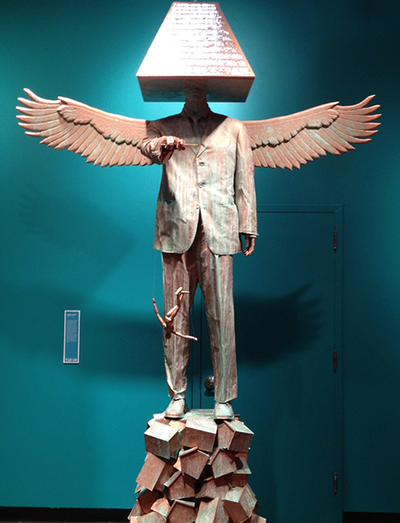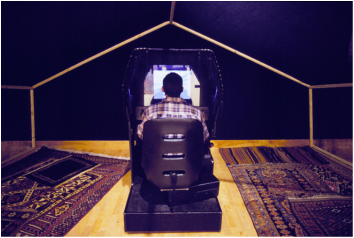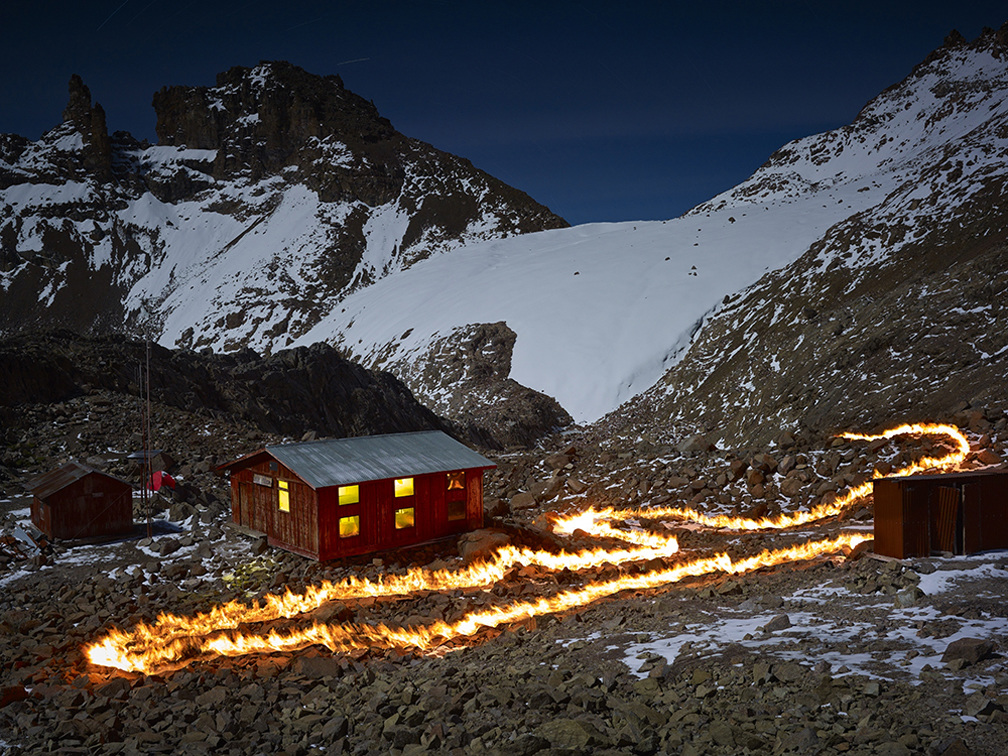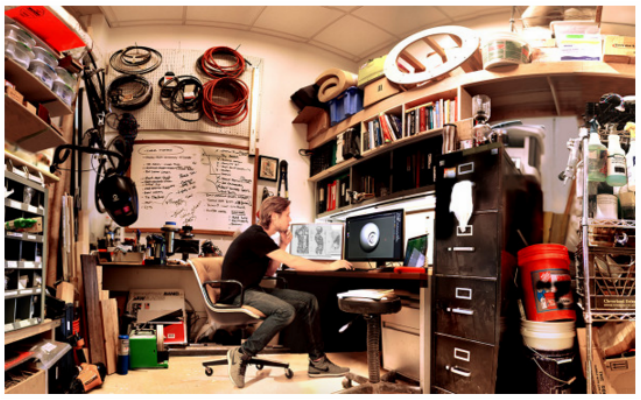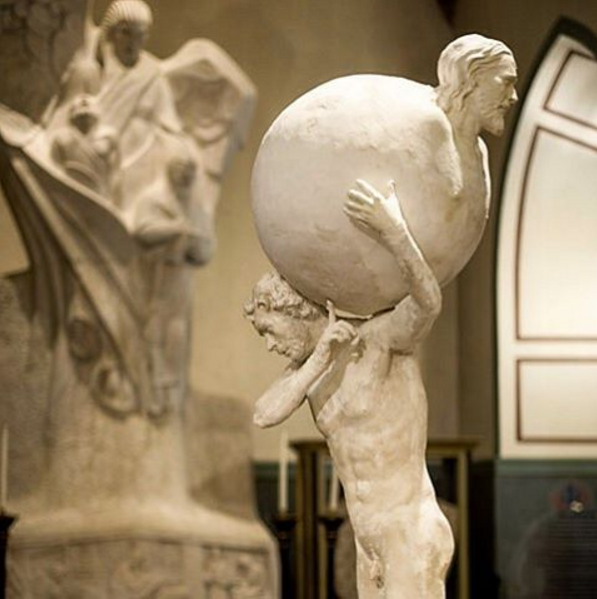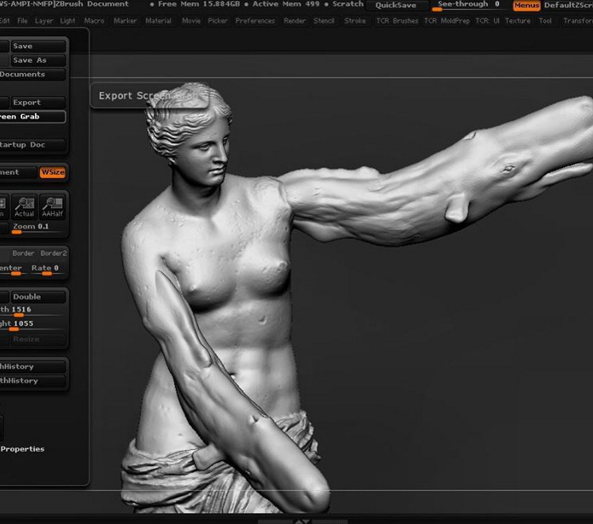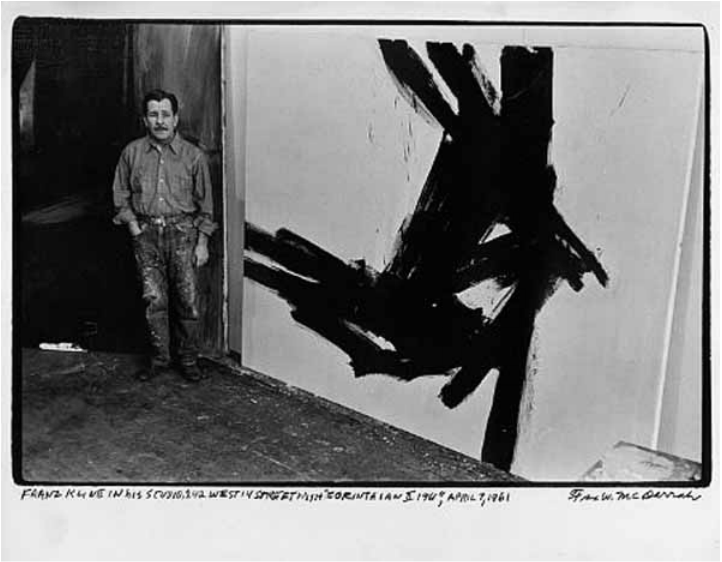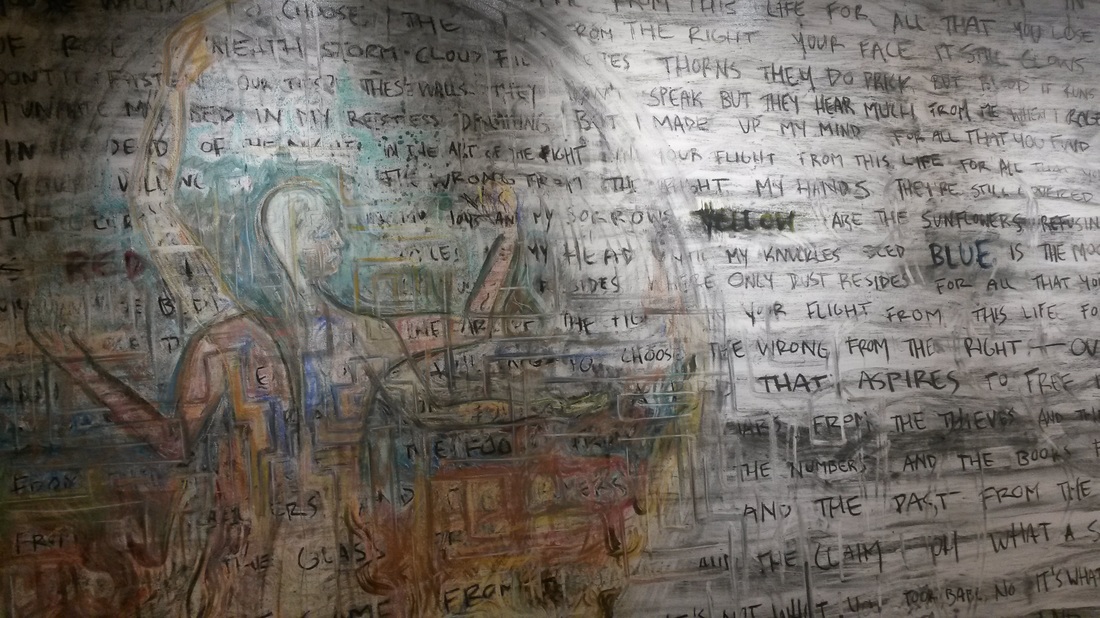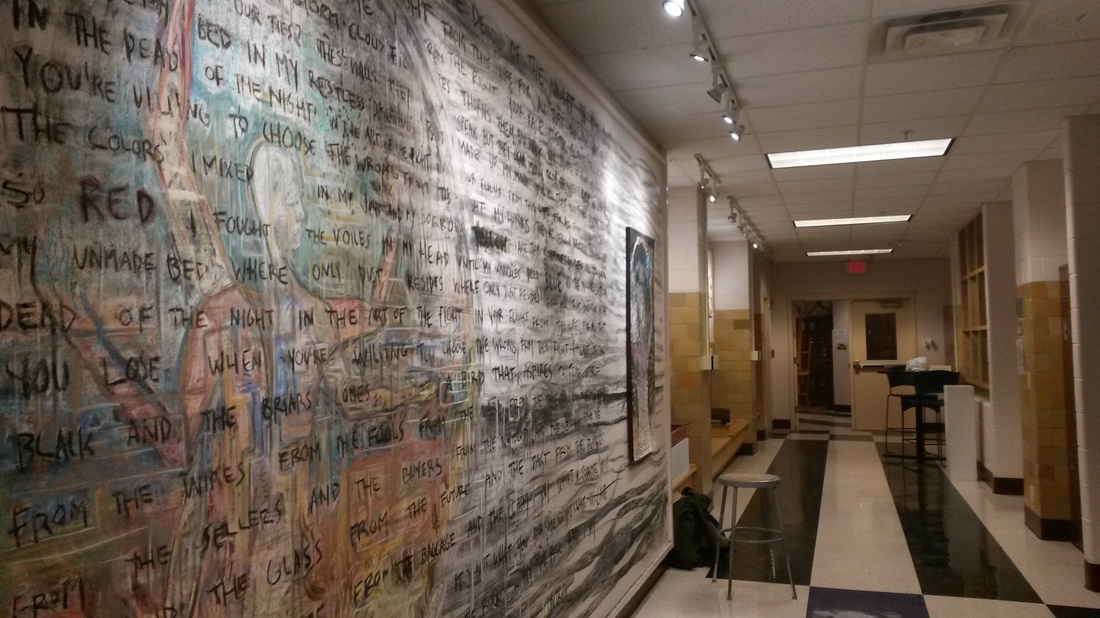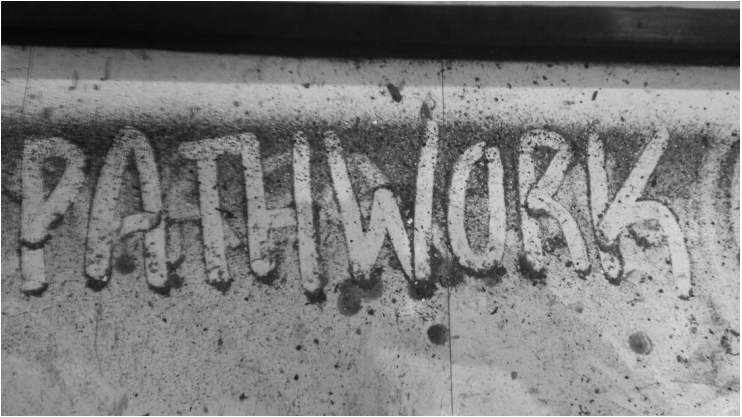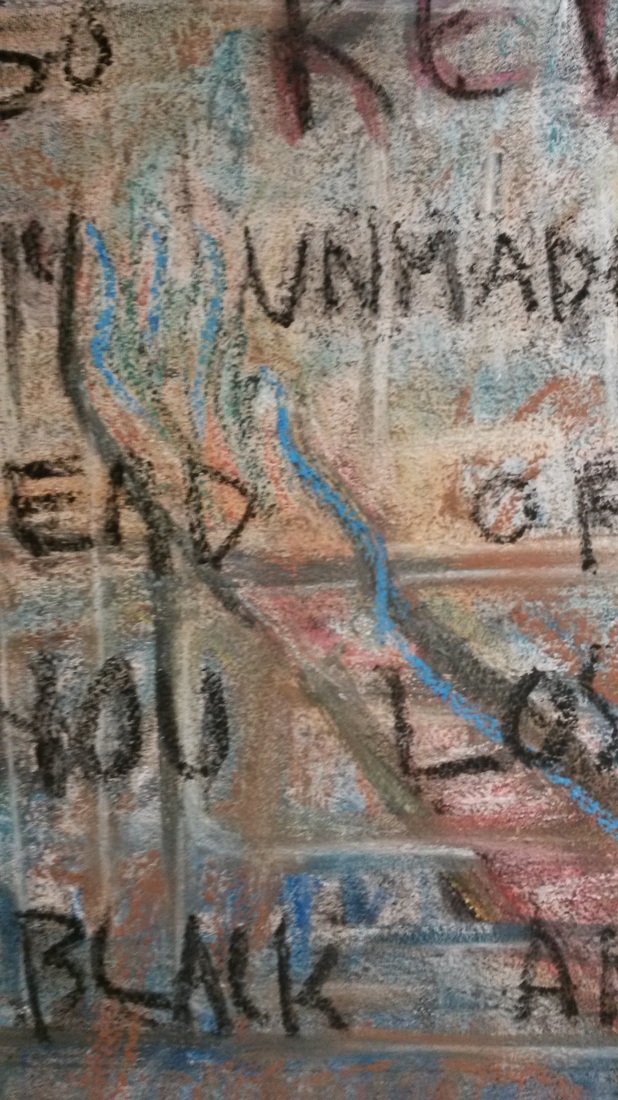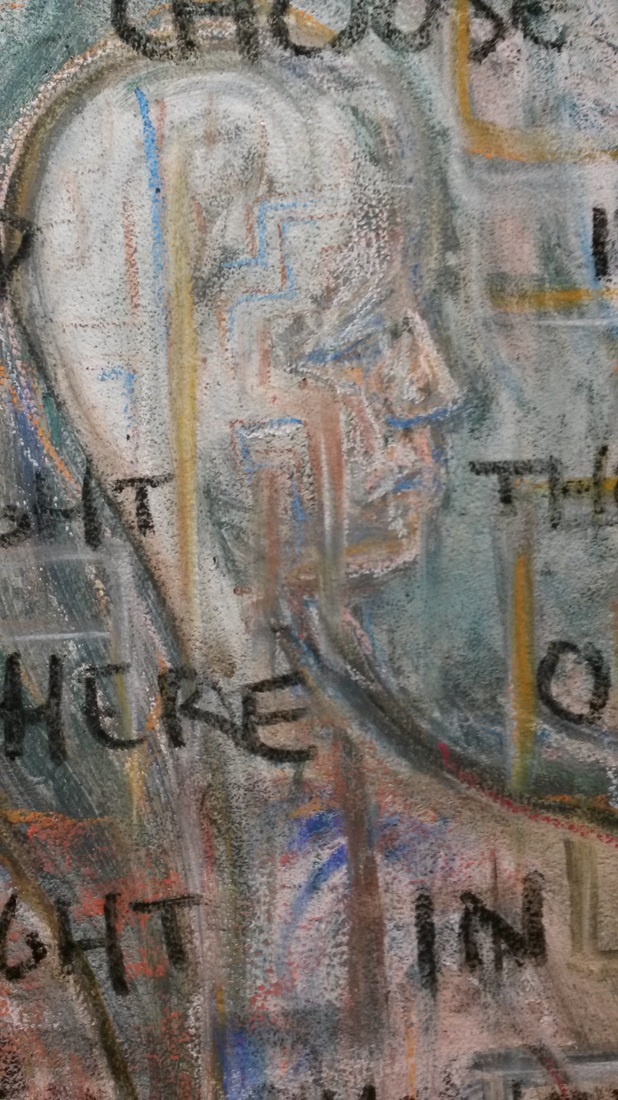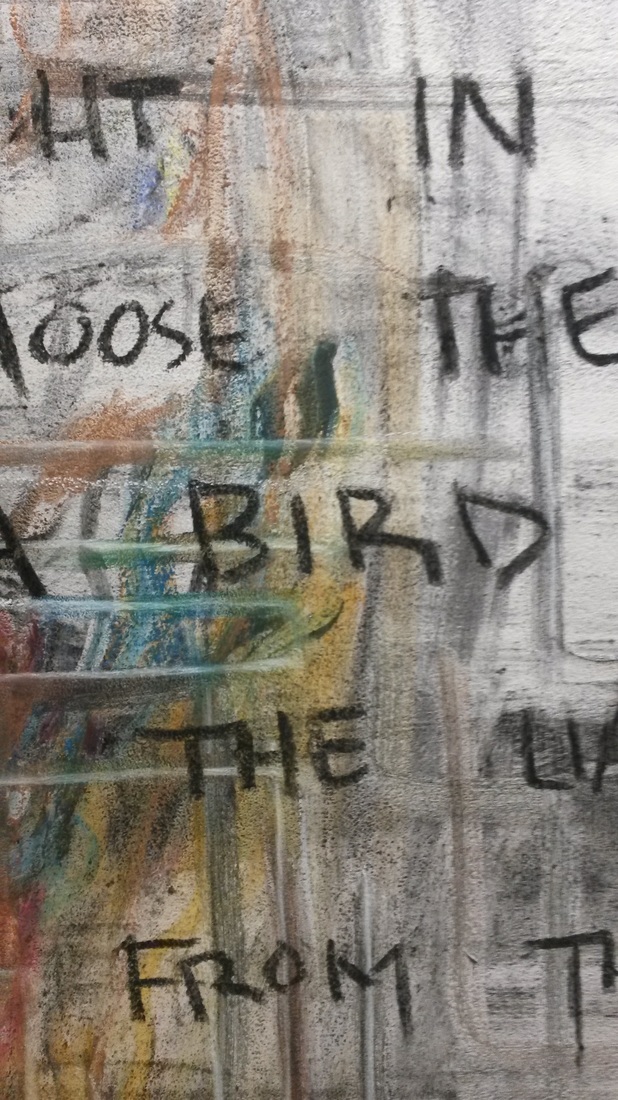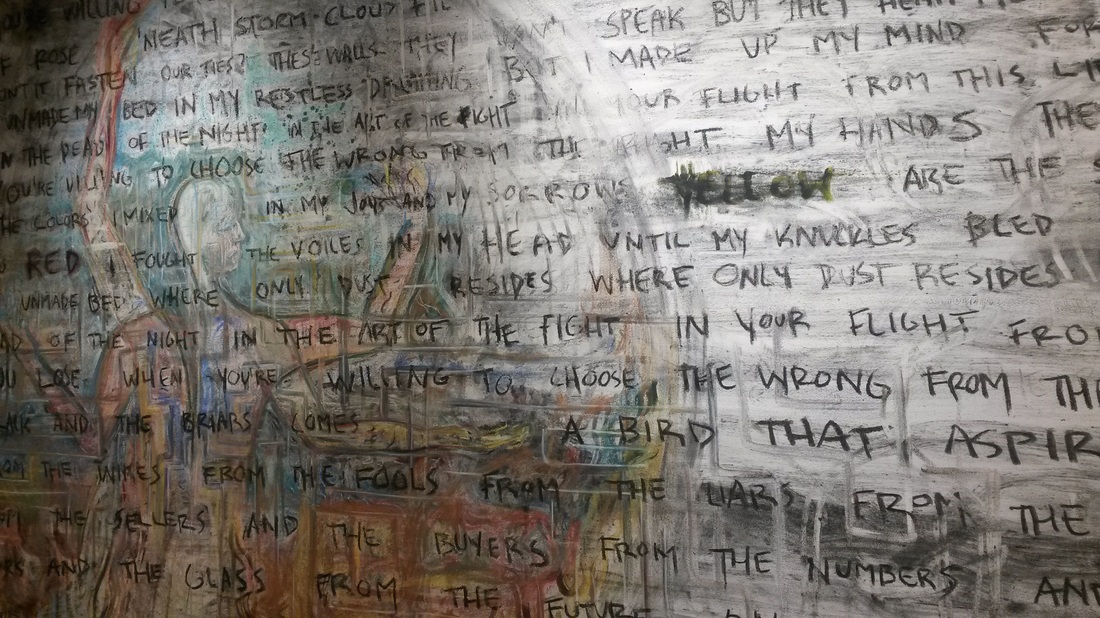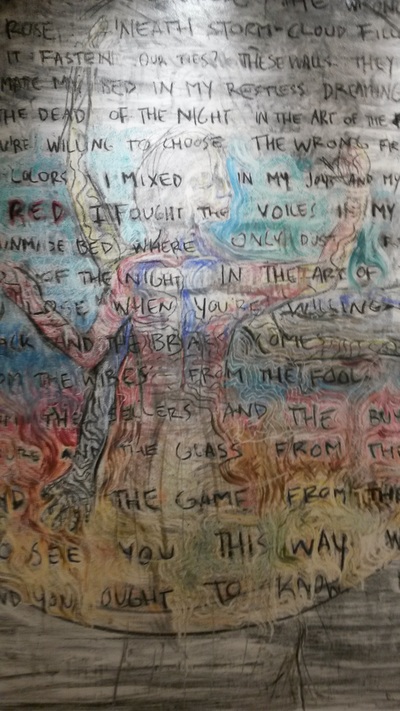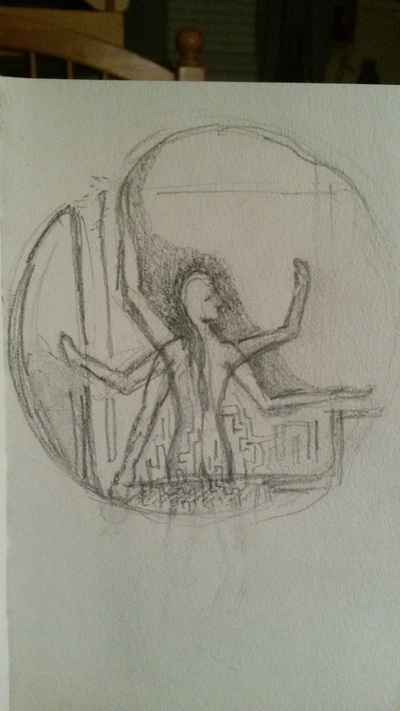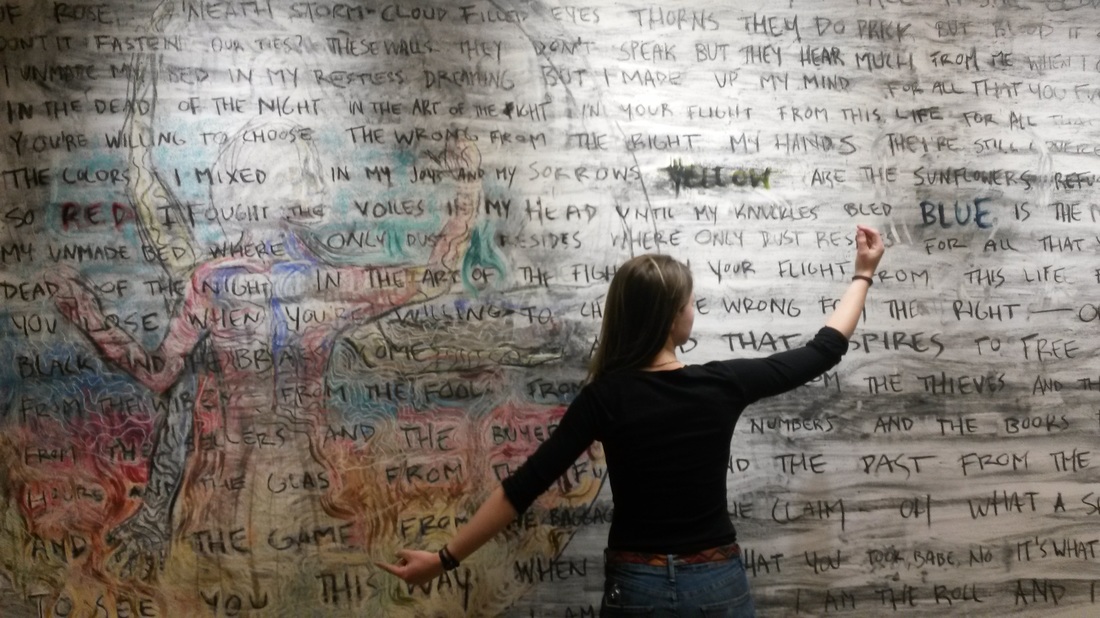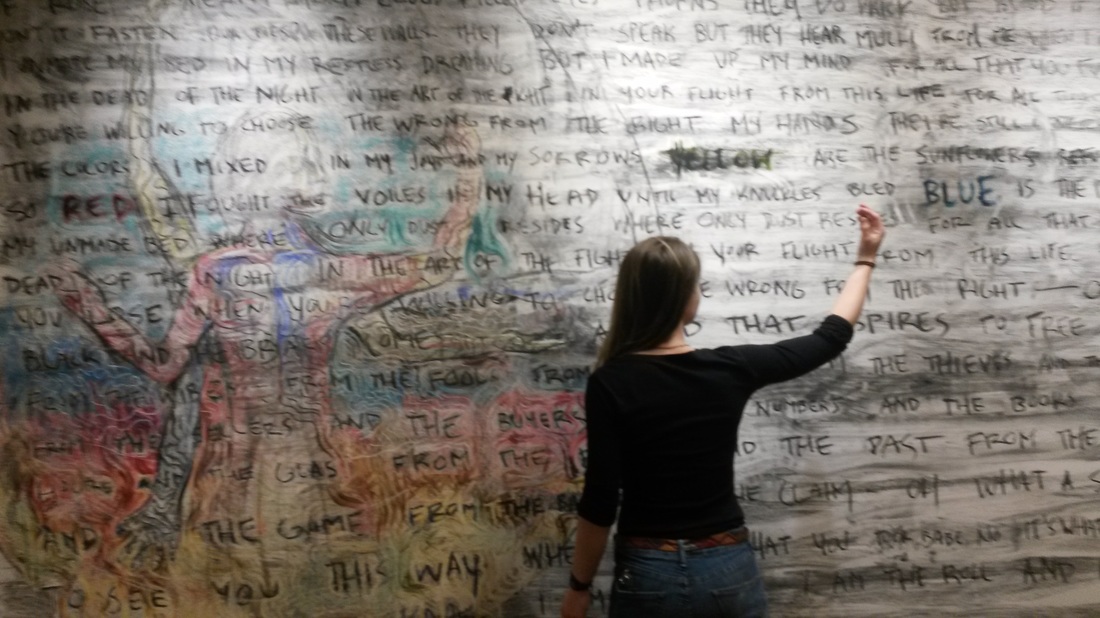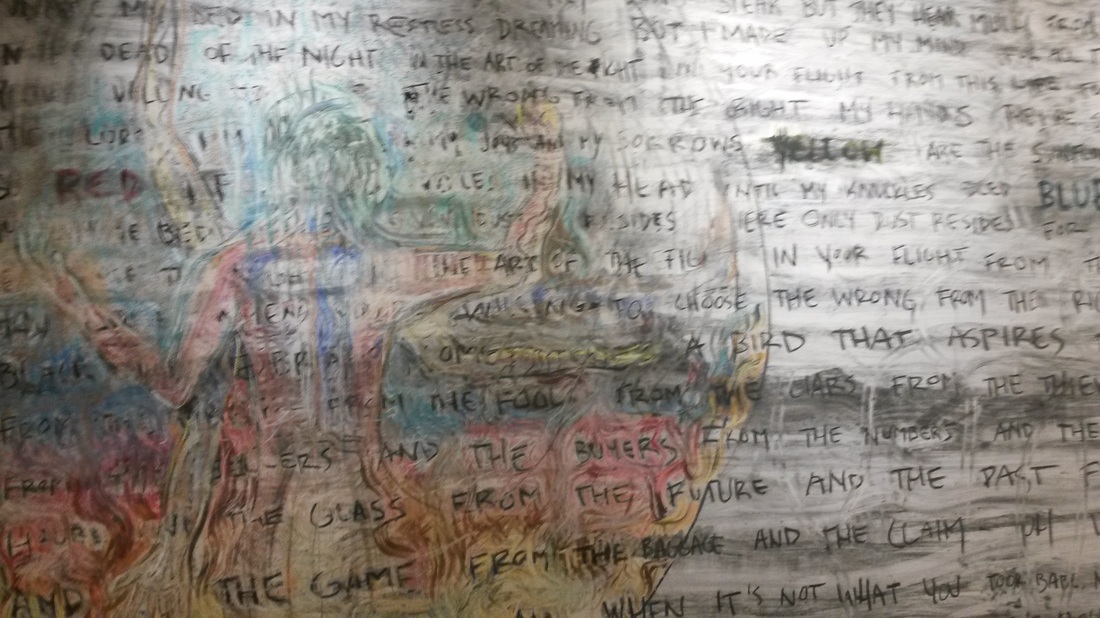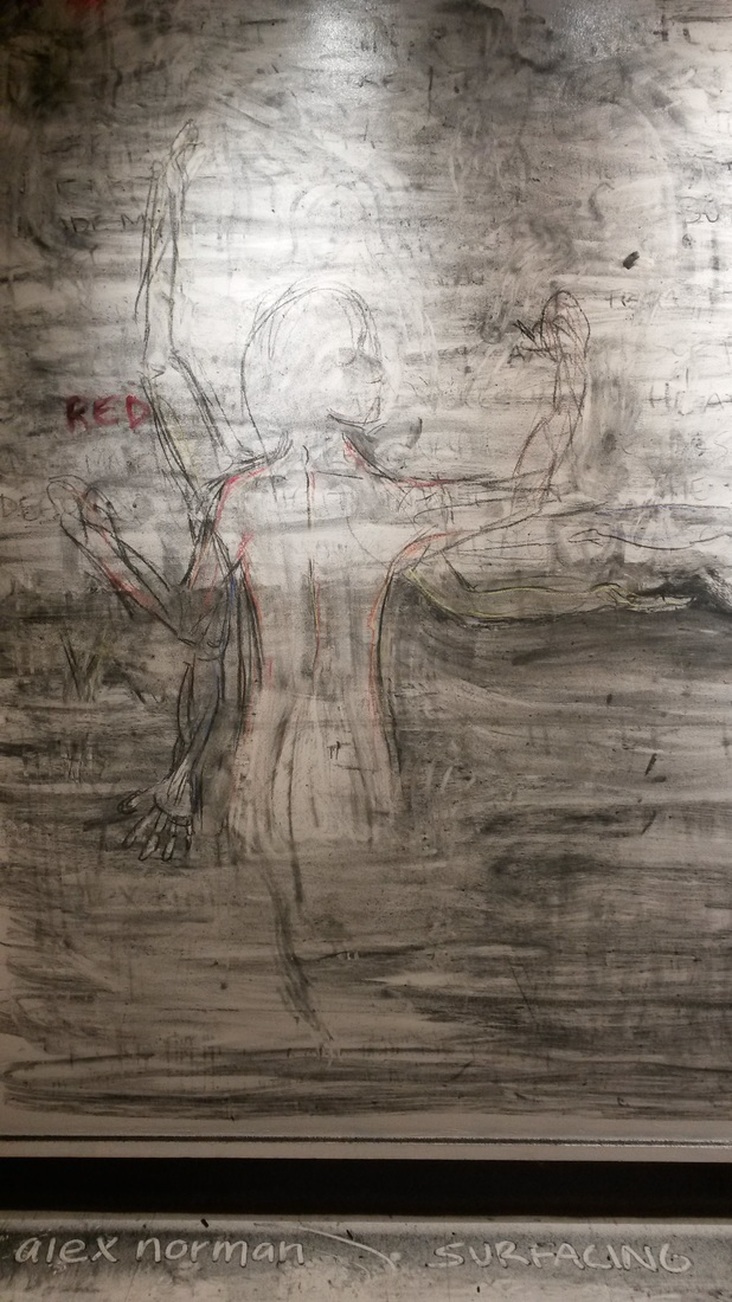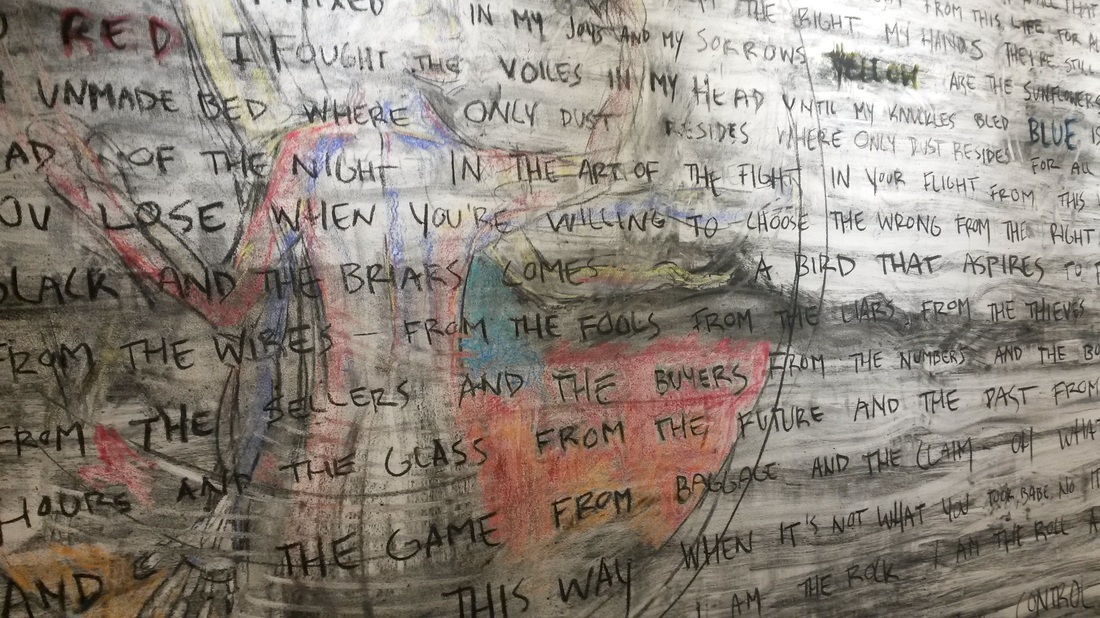| Bill Reid was born to a Haida mother and American father with Scottish and German roots. He worked as a broadcaster for CBC in Toronto in the 1950s. During this time he studied jewelry-making at Ryerson Polytechnical Institute. He later studied classic European jewelry-making at the London School of Design. Reid claims his whole life changed when he was first introduced to Haida art. He was fascinated by the intricate carvings and designs, rich colors, and deep symbolism. Reid's studies of his Haida heritage inspired his massive sculptural work. Much of his work eloquently alluded to the traditional craft of totem pole carving. Celebrating and defending the Haida, Reid used the fame his art garnered him to support their land claims. (Bill Reid Gallery) Bill Reid “The Raven and the First Men,” 1980 Yellow cedar, laminated and carved 1.88 m H x 1.92 m diameter Photo: Bill McLennan |
- Bill Reid Gallery - About
- "Reid created over 1500 works over his long career, from the ‘monumentally small’ to the ‘exquisitely huge’. In addition, and perhaps of greater impact were his parallel careers as broadcaster, writer, poet, storyteller and communicator.
- Bill Reid was the pivotal force in introducing to the world the great art traditions of the indigenous people of the Northwest Coast. His legacies include infusing that tradition with modern ideas and forms of expression, influencing emerging artists, and building lasting bridges between First Nations and other peoples."
Other contemporary artists immersed in modern, urban art scenes are still using the unique structure of the traditional totem pole to communicate messages about current issues. The traditional totem poles were designed to be informational and convey messages that dealt with cultural identity, morality, and character. That said, the fact that artists continue to create work using the same composition (and similar symbols) as the traditional totems demonstrates how cultural.current issues may change with the times, but the artistic methods of communication of social commentary and political activism often hold strong. The article "Run It Up the Totem Pole and See Who Salutes" provides some great examples of contemporary work that comments on the current state of society using the ancient erect structures of the totem poles.
